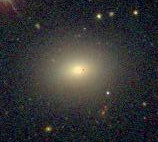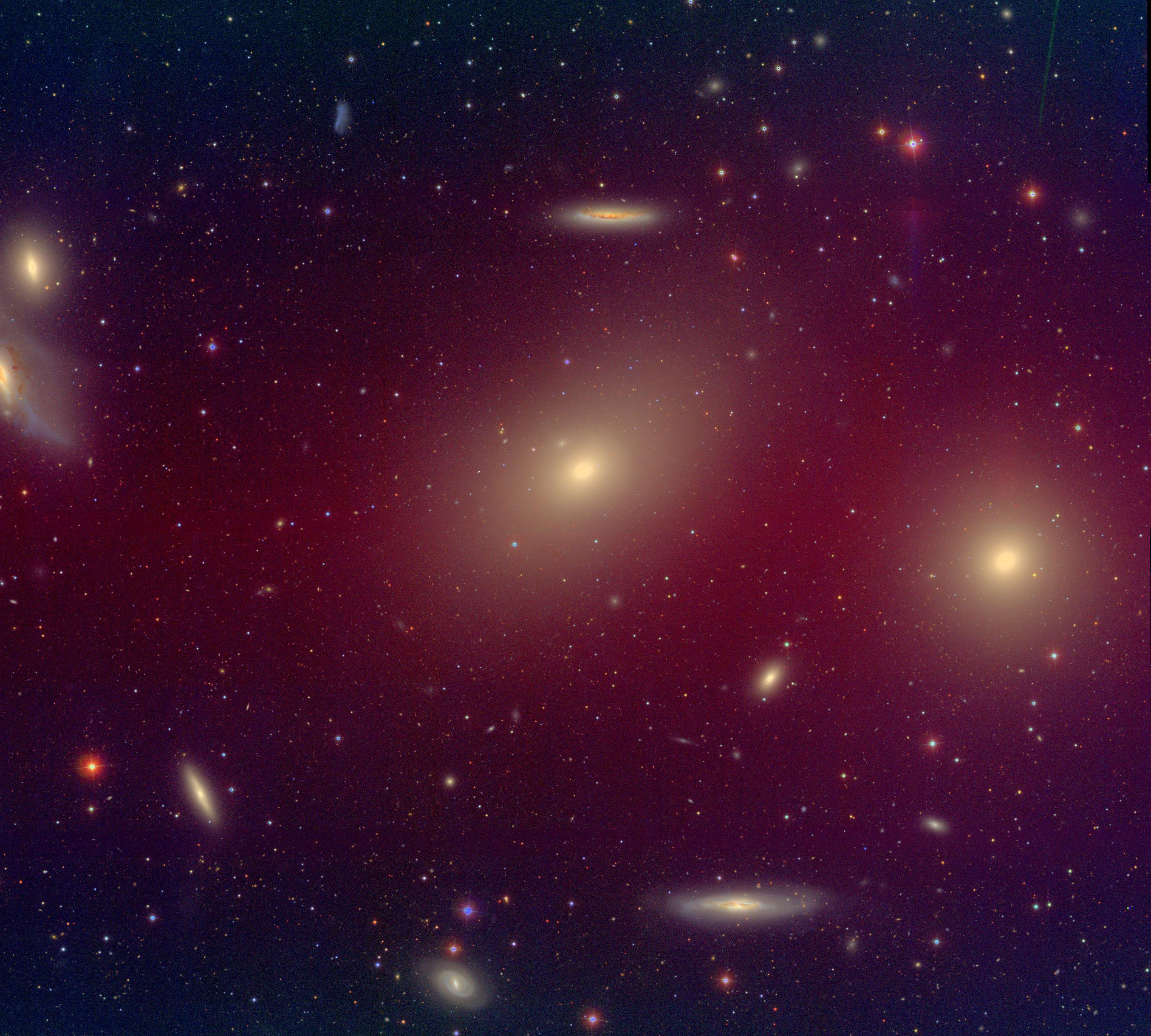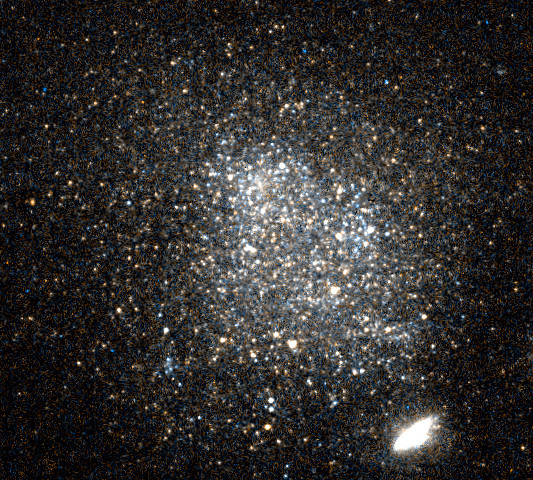
LEGA-C survey
The Large Early Galaxy Census (LEGA-C) (van der Wel et al. 2021) is a Public Spectroscopic Survey of ~3000 K-band selected galaxies at redshifts z = 0.6 − 1.0 with stellar masses log(M/Msun) > 10, an 128-night survey conducted with VIMOS on ESO’s Very Large Telescope. Each galaxy receives 20-hour long integration time in order to acheive a signal-to-noise ratio comparable to SDSS spectra in the nearby Universe.
These deep, high-resolution slit spectra provide very detailed data of stellar continua for galaxies ~7 Gyrs ago and are able to characterize fundamental properties of stellar populations: stellar ages (Wu et al. 2018a), metallicities, stellar velocity dispersion, dynamical masses, as well as stellar rotation. These are keys for the study of galaxy evolution, but so far only available for representative galaxy samples in the nearby universe, at lookback time approximately 1 Gyr. The survey stretches the baseline in cosmic time, allows us to study how galaxies evolve through the 2nd half of the Universe.
Publication with LEGA-C

The ORELSE and C3VO survey
The Observations of Redshift Evolution in Large-Scale Environments (ORELSE) Survey targets large-scale structures on scales greater than 10 Mpc around 15 large-scale structures at redshifts around 1. It is designed to cover from cluster center to intermediate density region such as groups and filaments, provides the whole range of the environment in order to understand how the local density of the Universe drives galaxy evolution.
This is an on-going observing campaign. The survey consists of multi-wavelength imaging (X-ray, optical, near IR, mid-IR, and radio) and optical/NIR spectroscopy. Currently we have collected several thousands optical spectra and hundreds of near IR spectra of galaxies in high density regions.
The Charting Cluster Construction with VUDS and ORELSE (C3VO) survey extends the work to z~5, probing the formation and evolution of galaxies and galaxies cluster from the first billion years of the Universe.
Publication with ORELSE
ORELSE/C3VO Survey

The Cosmicflow Project
The Cosmicflow-2 project is a compilation of distances and peculiar velocities for over 8000 galaxies in the local Universe. The distances from different distance measures are calibrated and put in the same zero-point and the same scale. The database is the most complete description of the structure of our local Universe.
I calibrated the TRGB method with Hubble near infrared filters. The near infrared light is less attenuated by the interstellar dust. With the near infrared TRGB method, we can probed galaxies and structure of the local Universe to a 10% accuracy in distance behind the dusty Galactic plane (Wu et al. 2014).